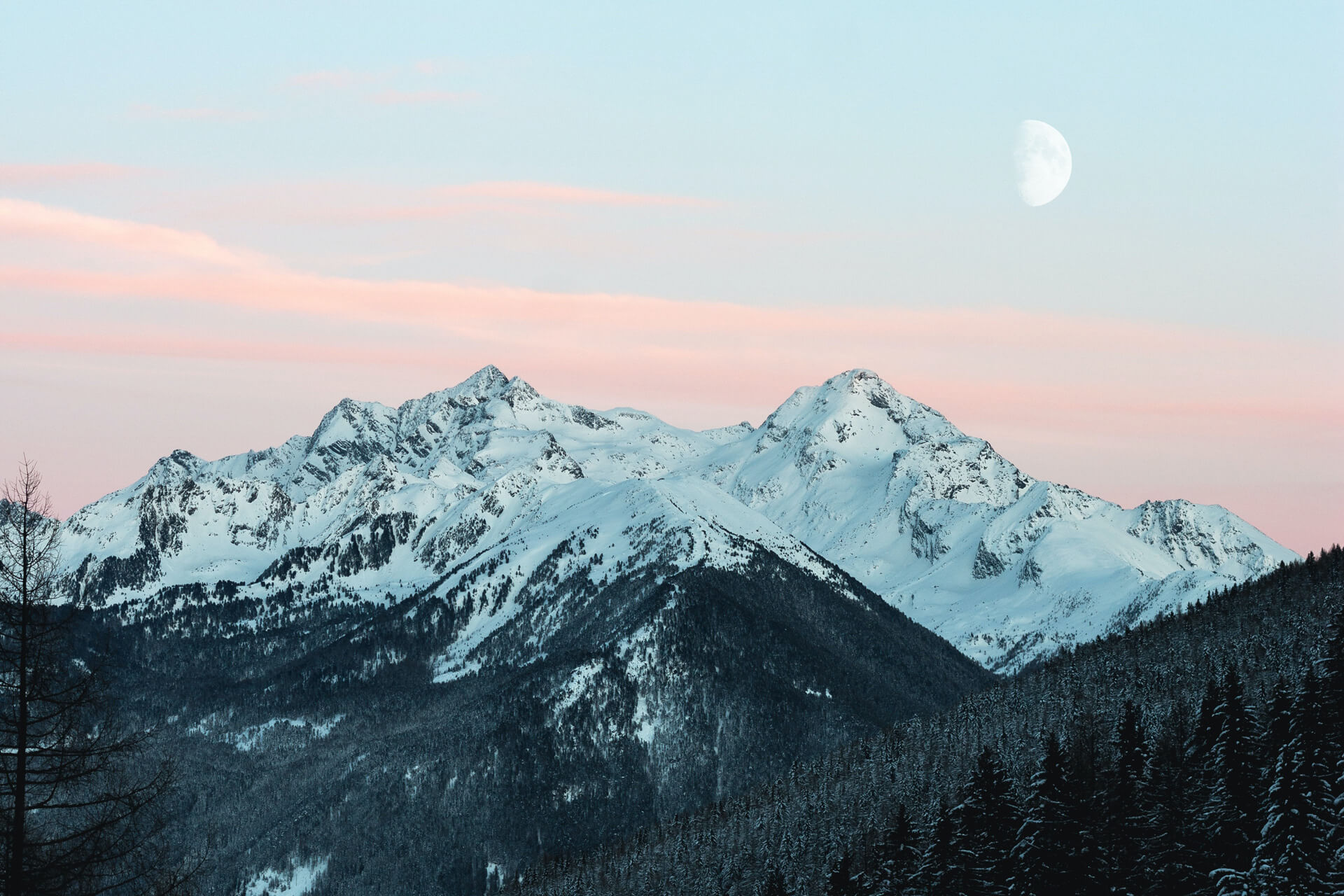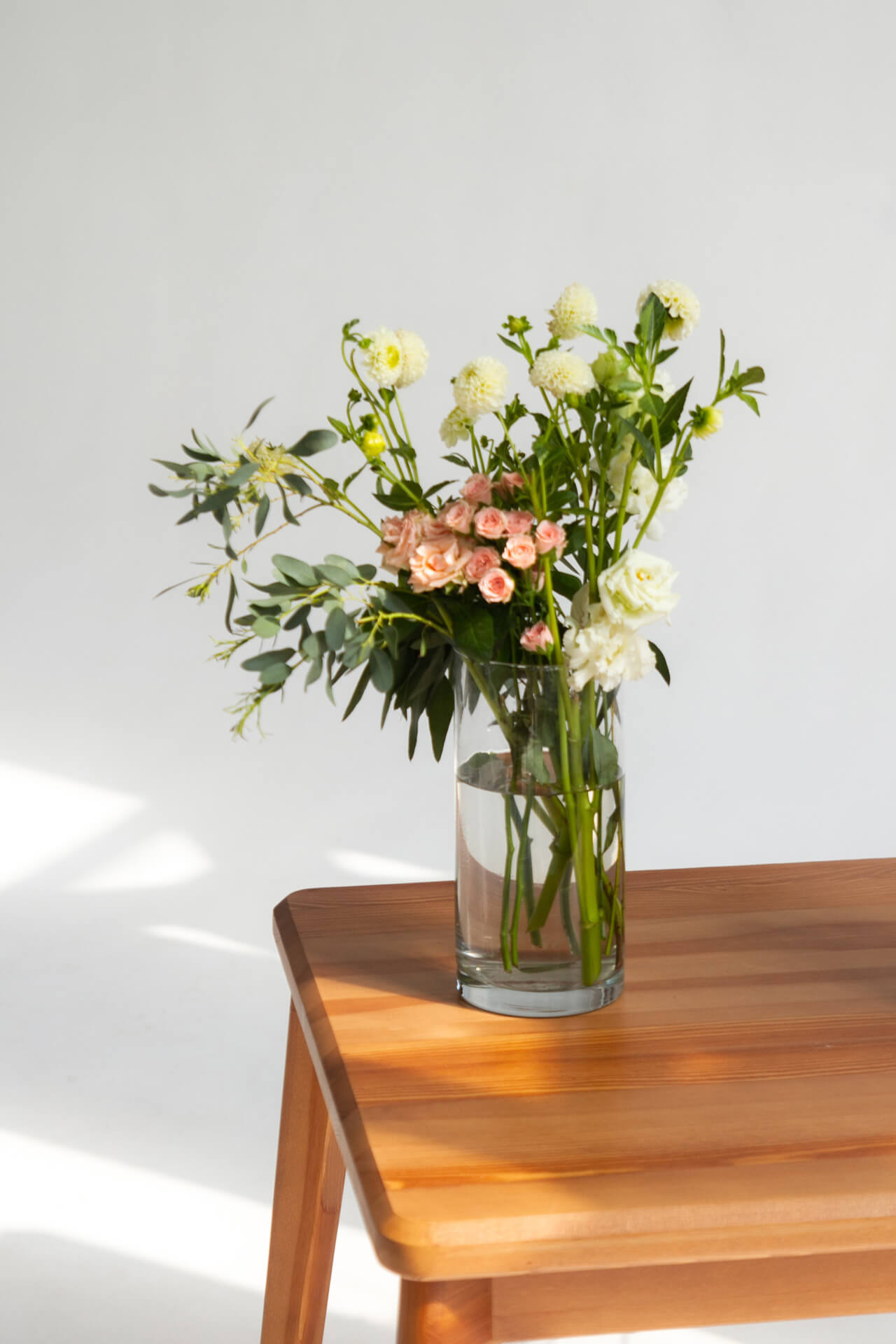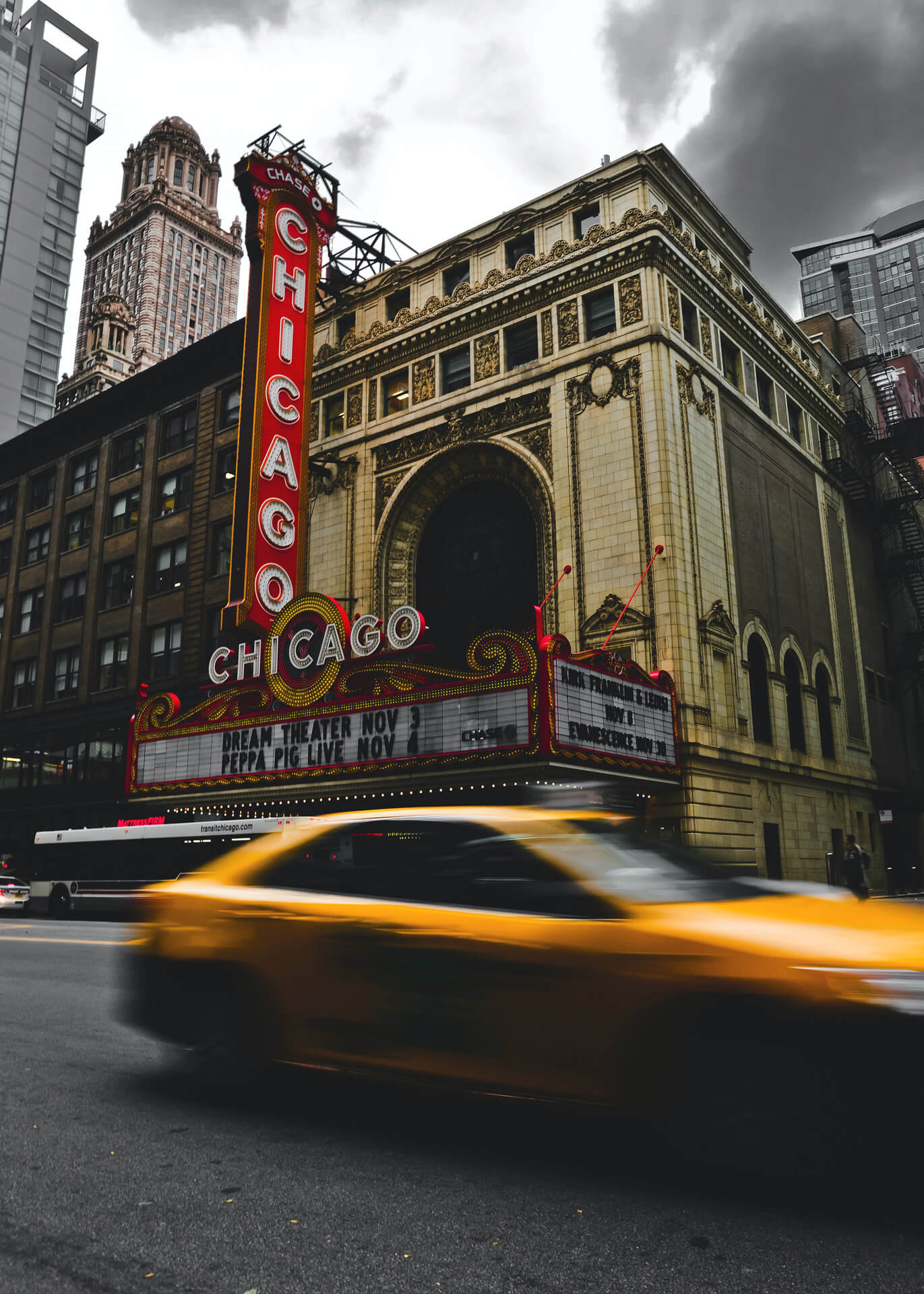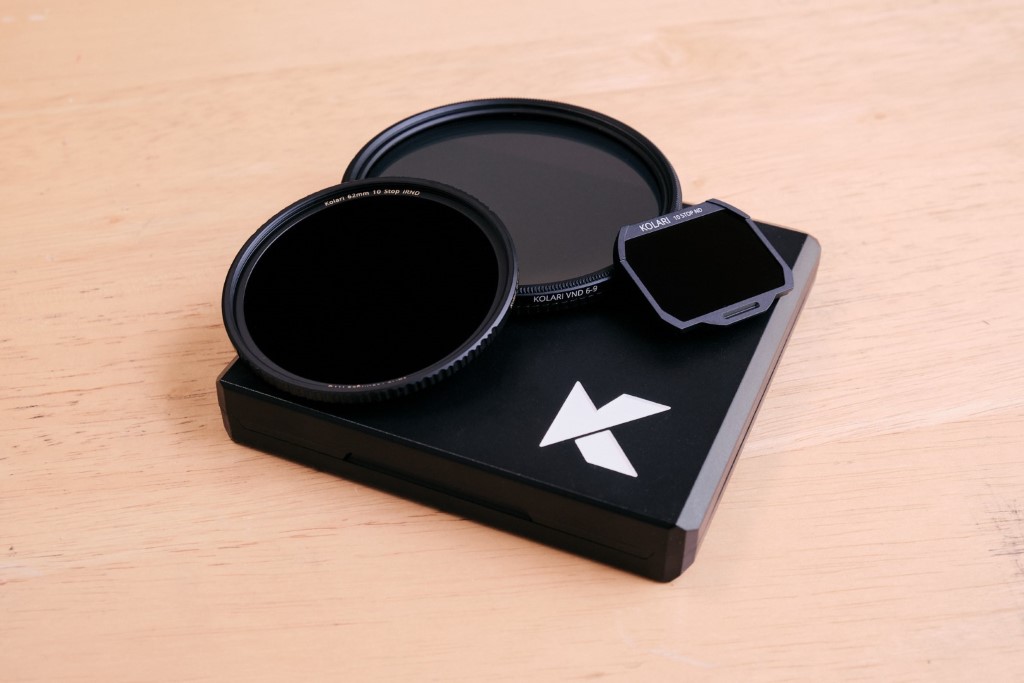Every type of photography will have its own set of ideal camera settings. Of course, there are no hard and fast rules, and every situation will call for something different, but these settings can be a good jumping-off point, especially for beginners. Read on to discover the best settings to use for some of the most popular photography genres.
Landscape Photography
The key to most landscapes is a deep depth of field, which allows the entire vista within the frame to be in focus. Depending on your scene, you will want to use a more narrow aperture. If there is no movement in your scene, you can set your shutter speed to compensate for your aperture to get a proper exposure. If you are trying to capture movement, such as a waterfall, you will need to use a slower shutter speed. Check out our article on long exposures here. As a rule of thumb, you want to try to keep your ISO as low as possible in order to avoid introducing noise into your images.
Settings
Mode: Manual or Aperture Priority
Aperture: f/8-f/16
Shutter speed: minimum 1/100 if handheld
ISO: as low as possible
Wildlife Photography
Wildlife photography is often unpredictable. Animals can move quite quickly, so having your camera in Shutter Priority mode will ensure you are more likely to get the shot before it’s gone. To capture movement, whether planned or unexpected, you will need to use a faster shutter speed. The faster the action, the faster your shutter speed will need to be. Aperture and ISO are best left on auto for these situations so as not to risk missing the shot while fiddling with all the settings.
Settings
Mode: Shutter Priority
Aperture: Auto
Shutter speed: 1/250-1/8000
ISO: Auto
Portrait Photography
Portraiture is generally more controlled than many other photography genres. You can give direction when shooting with a person and have them stay still. Portraits can easily be done in Manual or Aperture Priority. Oftentimes, aperture is the most important setting in these situations. Depending on how shallow you want your depth of field to be, you will want to keep your aperture on the wider side. ISO should be kept as low as possible, and shutter speed should be set to compensate for a proper exposure. Shutter speeds faster than 1/100 will prevent camera shake when shooting handheld.
Settings
Mode: Manual or Aperture Priority
Aperture: f/1.4-f/8
Shutter speed: 1/100 or faster
ISO: as low as possible
Sport Photography
Much like wildlife photography, sports often call for Shutter Priority. Some sports move faster than others, so there isn’t a one-size-fits-all number, but the faster the sport, the faster your shutter speed should be. Your aperture and ISO can usually be left on auto as the focus of sport photography is capturing the movement of the sport.
Settings
Mode: Shutter Priority
Aperture: Auto
Shutter speed: 1/800-1/8000
ISO: Auto
Street Photography
Street photography is often more focused on the creative than the technical and is often times fast-paced and in the moment. Photographing the energy or the atmosphere of a particular street doesn’t call for exact settings. Aperture Priority can be handy here as you can focus more on being in the moment. Ideally, a shutter speed of 1/500 or faster will make sure you capture the fast-paced moments of everything that’s happening on the streets. An aperture of f/8 will ensure a wide depth-of-field to ensure the image is sharp and in focus. ISO isn’t generally as important as the other settings, so it can be set to auto.
Settings
Mode: Manual or Aperture Priority
Aperture: f/8
Shutter speed: 1/500 or faster
ISO: Auto
Food Photography
When photographing food, you will likely want to use a shallow depth of field to highlight the dish. The food is (hopefully) not moving, so your shutter speed doesn’t matter too much. However, you will probably want to shoot at 1/100 or faster to ensure there is no camera shake. Keeping your ISO as low as possible is always best, but this may not be possible if you’re shooting in a low-light environment. Try to avoid going higher than ISO 1200, as most cameras start to experience digital noise around there.
Settings
Mode: Manual or Aperture Priority
Aperture: f/2.8-f/5.6
Shutter speed: minimum 1/100
ISO: as low as possible
Still Life and Product Photography
Shooting still lifes or products, you likely have the most control over all aspects of the scene compared to other photography genres. This means you can set up your shots to use the exact settings you want, especially if you’re shooting in a studio. Since you’re likely not dealing with moving objects or varying environmental conditions, shooting in Manual mode works great. A wide aperture will draw attention to the subject while allowing the background to fall out of focus. If shooting handheld, make sure to keep your shutter speed fast enough to avoid camera shake.
Settings
Mode: Manual
Aperture: f/2.8-f/8
Shutter speed: minimum 1/100 if handheld
ISO: as low as possible
Architectural Photography
If you are photographing multiple buildings or a very large building that takes up most of your frame, a narrower aperture will help you to get everything in focus. Fast shutter speeds are not important in architectural photography as buildings don’t move, and you will likely often be using a tripod. Shooting in Aperture Priority is great because it lets your camera take care of the shutter speed for you while you focus on the composition.
Settings
Mode: Manual or Aperture Priority
Aperture: f/8-f/11
Shutter speed: minimum 1/100 if handheld
ISO: as low as possible
To learn more about camera settings, you can find our guide here. These suggestions are merely starting points. Experiment with different settings and see what you like best. The most important thing is to have fun and enjoy the process.
Check out our Education section for more photography tips and articles, and be sure to sign up for our newsletter to stay up to date on new releases.
















